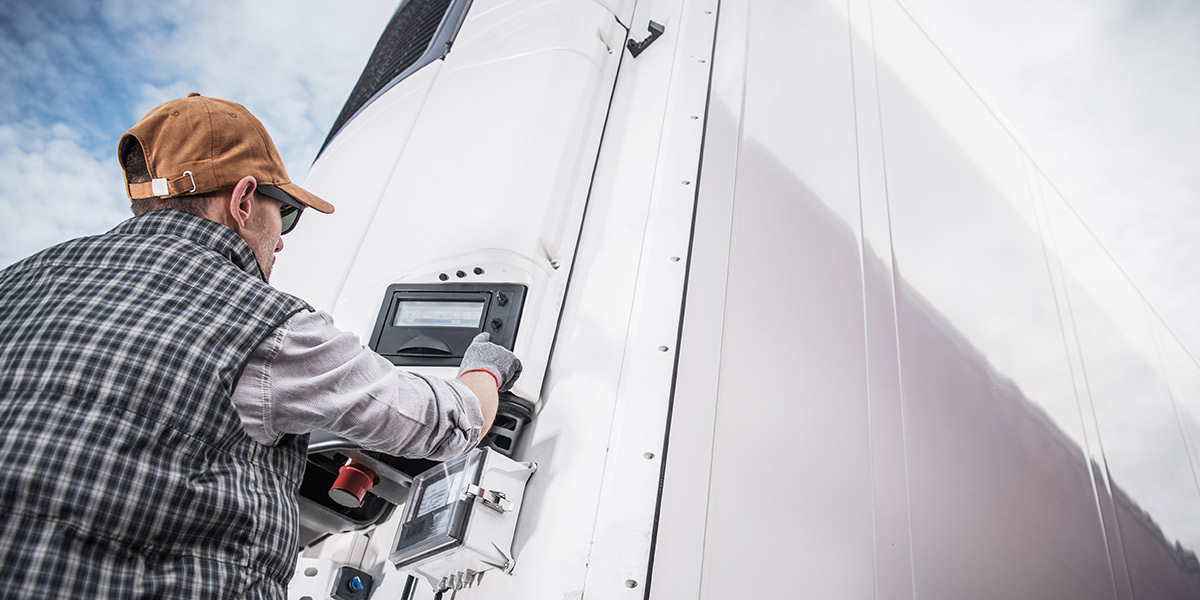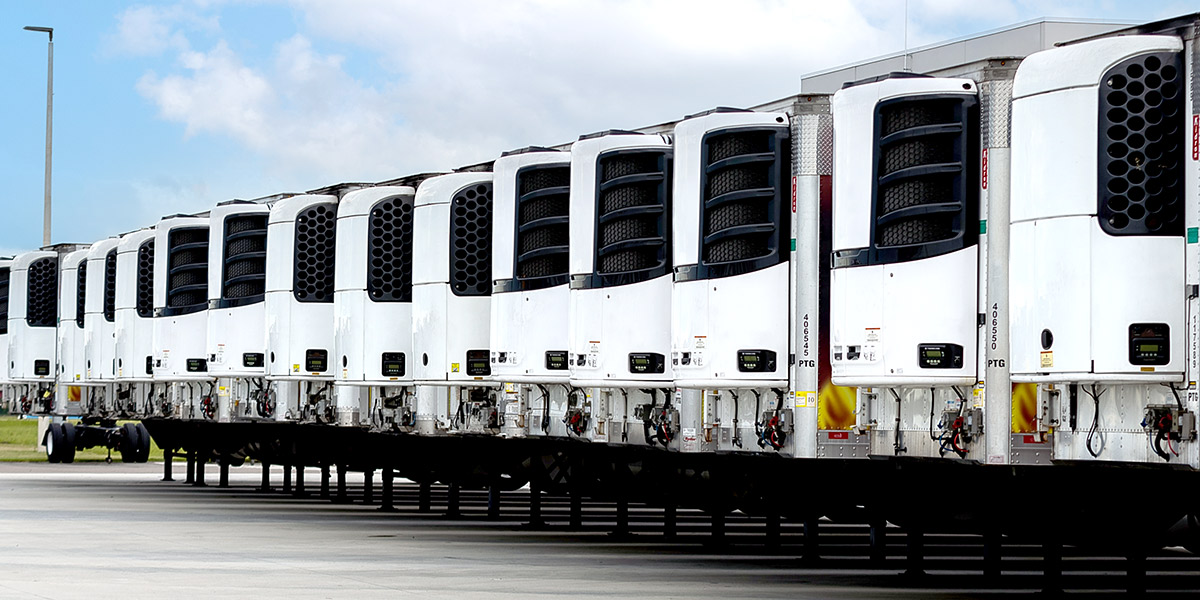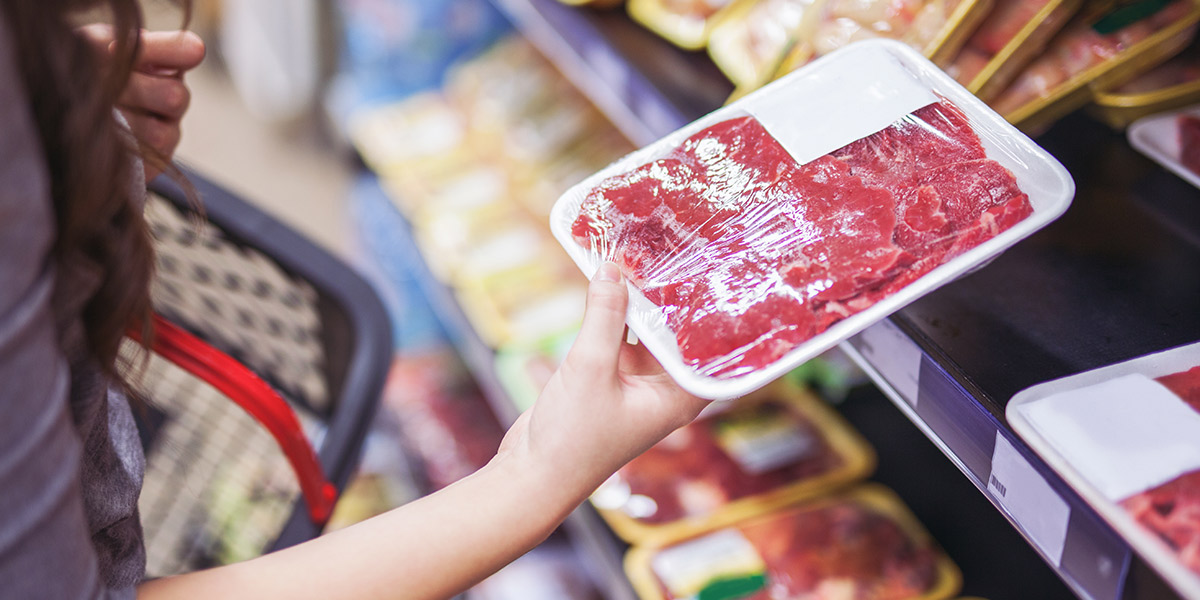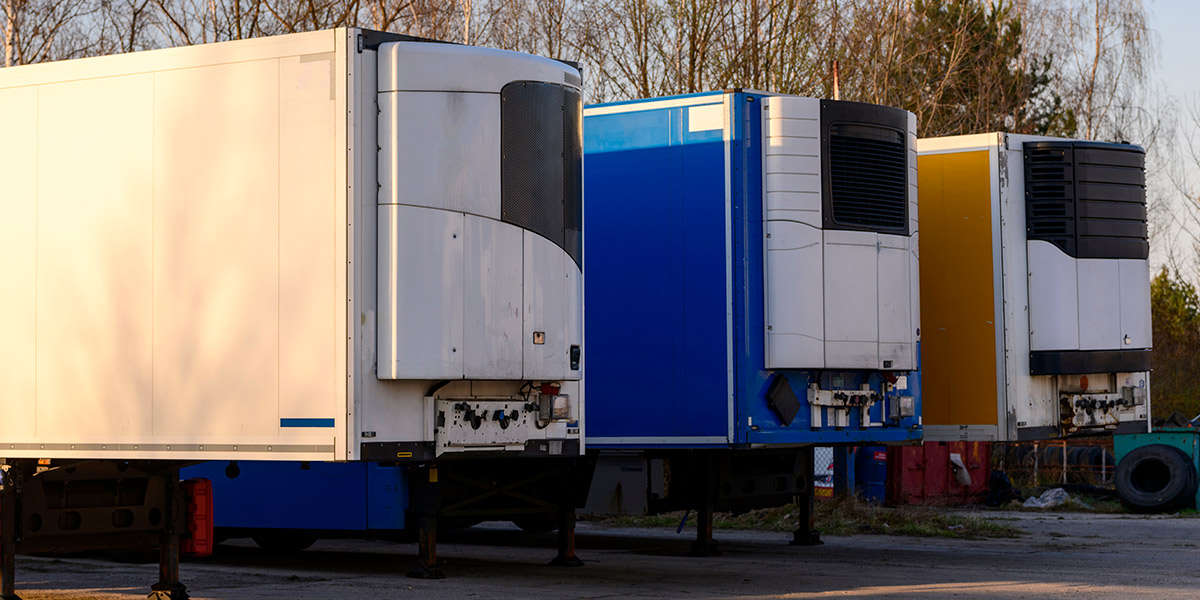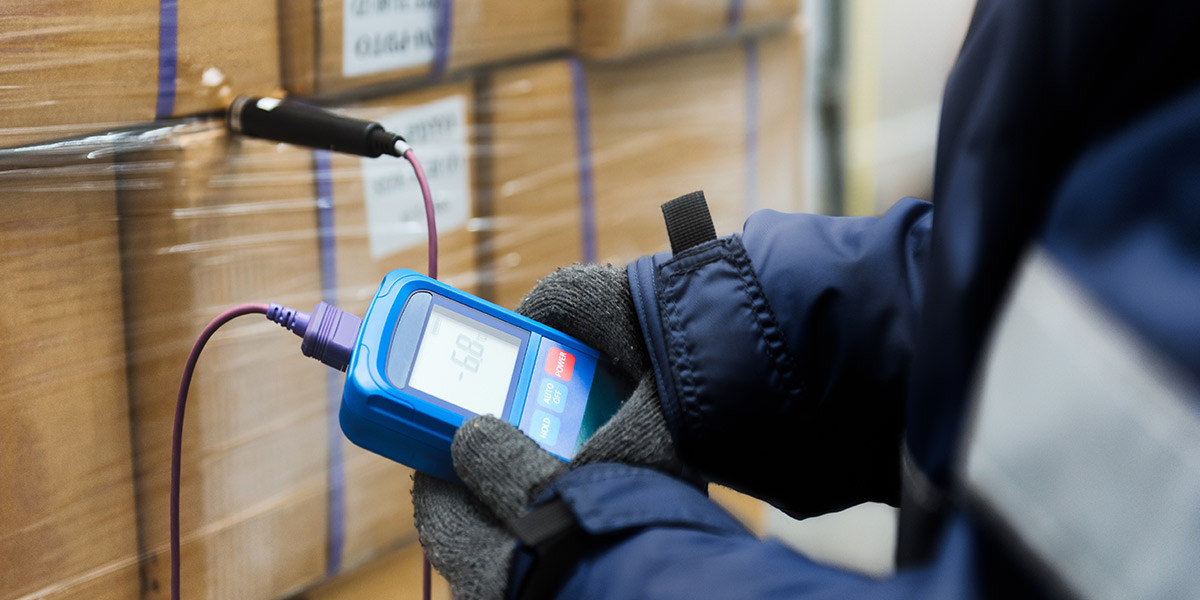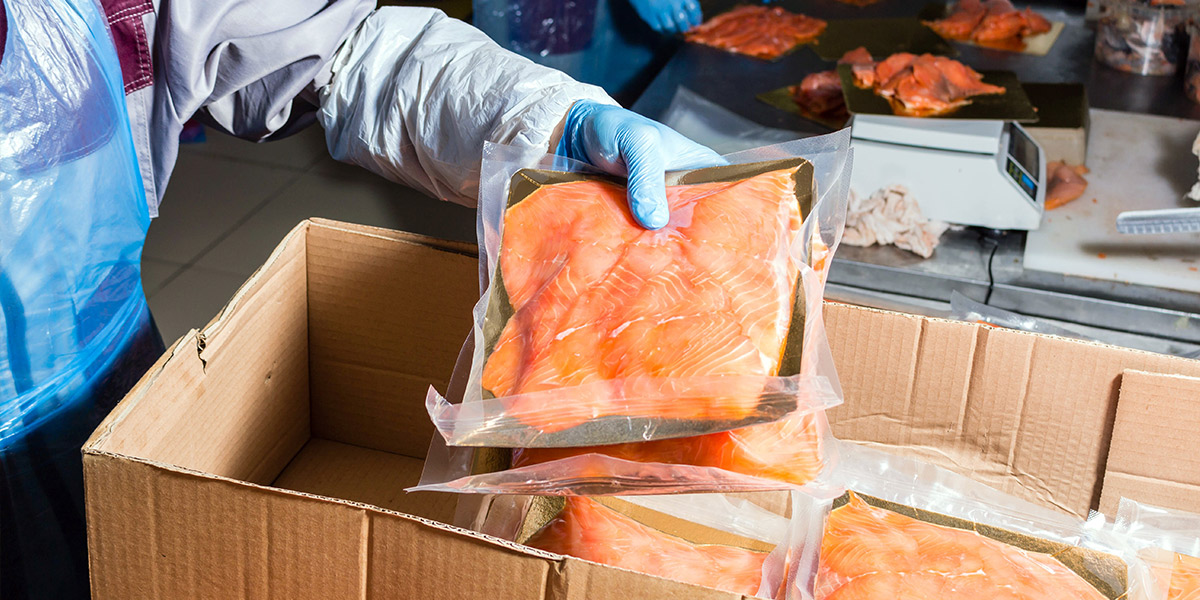To get actionable information and insights on your fleet and the food you transport, you need access to temperature data from multiple environments.
It’s a fact: Your ability to safely transport food is inextricably tied to the capability and accuracy of your temperature monitoring.
Fortunately, for most fleet operators, staying FSMA compliant by capturing and viewing temperature data – and the valuable information and insights needed to efficiently operate your business – has never been easier. With the right technology, including temperature sensors and the right telematics system, you can know food temperature and ambient temperature, and accurately spot potential trouble spots throughout the cold chain.
That might sound like a lot of data, but it still might not be – given the needs of your business – enough data. Or even the right data. For example, ambient temperature readings taken inside a reefer won’t confirm food was kept at a safe temperature when that reefer is out of your hands at a third-party location. Or, what about readings taken intermittently that don’t provide a comprehensive view of food temperature during transit?
The bottom line is you need to be planful about your temperature monitoring so that you are compliant, confident that you are keeping food safe, and free of any unpleasant (and expensive) surprises.
Here’s how to make sure you cover all the bases when it comes to temperature monitoring data.
Know the cold chain. Confidence in your temperature monitoring requires that you fully understand where the food you are entrusted with transporting is at any given time and aware of the conditions and risks to which it is exposed.
Where and when along the journey will reefers be left unattended? When will reefer doors need to be opened? When will those who aren’t on your payroll be responsible for handling the food? You need to be able to answer all these questions to put in place an effective temperature monitoring infrastructure.
Identify the blind spots. Once you know the environments through which the food you transport passes, you can zero in on any points where there might be lapses – and where you need additional data.
Are sensors installed in all your reefers and cold storage locations? And are all those sensors connected into a telematics platform that provides you with a complete snapshot of this data – along with location, arrival and departure times, and other invaluable data – on a single pane of glass?
Know what you’re going to do with the data. It’s one thing to have access to a wealth of data, and something else to use that data to improve your food safety and compliance efforts, as well as to operate your business more efficiently and profitably.
Work backwards by determining what you plan to do with data – improve fleet operations, ensure every environment is compliant, monitor arrival times, track the reefer locations via geofencing, provide needed training to drivers, validate reefer performance – and then determine your temperature tracking infrastructure needs.
This infrastructure includes the right sensors in the right locations that can be accessed – via a telematics platform – at the right time by the right people.
Re-evaluate regularly. Your business doesn’t remain static, and neither will your temperature monitoring needs. As you take on new customers, new routes, and new equipment, revisit your data strategy to ensure that the temperature monitoring infrastructure you have in place still meets your needs, or if it needs to be adjusted.
Data Is Compliance
When it comes to temperature monitoring, data is not only knowledge – it’s also compliance. You can’t be compliant if you aren’t capturing and accessing the right and the right amount of data.
That doesn’t happen on its own. You must fully understand your needs, install the right temperature monitoring infrastructure, and monitor it over time.



